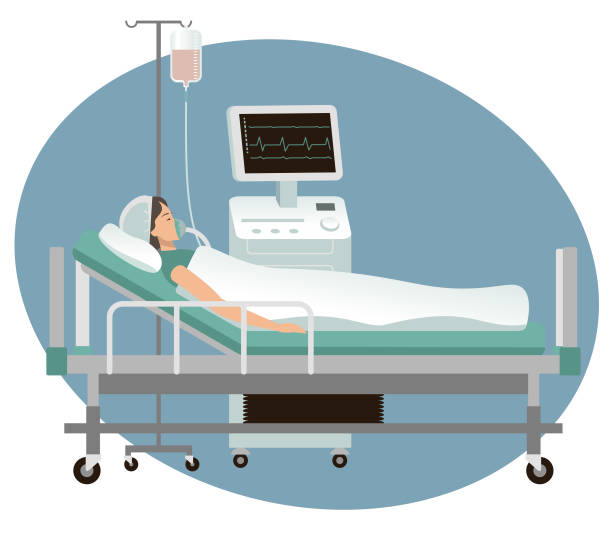Treating unconscious patients is a real challenge for physicians. For example, when treating patients with brain injuries, doctors and family are often faced with the decision of either pursuing aggressive treatment or switching to an end-of-life care approach. However, because patients are often unable to communicate, making such decisions is extremely challenging.
Being able to accurately predict whether a patient will regain consciousness would therefore be an invaluable tool for clinicians. Dr. Stefanie Blain-Moraes, an assistant professor in the Faculty of Medicine and Health Sciences at McGill, and a member of the Brain Repair and Integrative Neuroscience Program at the Research Institute of the McGill University Health Centre, is developing a test that can predict whether a patient is likely to recover within the following three months.
The test uses propofol, a drug used by anesthesiologists in the operating room to sedate patients. When conscious patients receive propofol before a surgery, their brain networks are reconfigured, marking the transition between conscious and unconscious states. The reconfiguration can be observed with an electroencephalogram (EEG), a recording of the brain’s electrical activity which anesthesiologists can then use to monitor their patients’ brain activity after they administer propofol. According to Blain-Moraes, this is done to prevent intra-operative awareness, an often traumatic experience where a patient regains consciousness during a procedure or later recalls what happened during anesthesia.
Blain-Moraes and her team built their test around this phenomenon of brain network reconfiguration in response to propofol. They administered the drug to patients with disorders of consciousness, including coma patients, and looked at their brain’s responses. They hypothesized that patients who undergo a reconfiguration similar to awake patients, such as those receiving propofol for a surgery, would recover consciousness within three months. Indeed, it would mean that their brain is responding to propofol in the same way that a conscious patient’s brain would—a sign that means that they will likely regain consciousness soon. However, patients who do not undergo this reconfiguration would likely remain unconscious.
Astonishingly, preliminary results have shown that their predictions were correct. They developed an algorithm that calculates the amount of reconfiguration that appears in the EEG after administering propofol, resulting in a number called the Adaptive Reconfiguration Index. There was a linear separation between the indices of the patients who regained consciousness after three months, and those who remained unconscious. In other words, three months after performing this test, patients with an index greater than zero had regained consciousness, and those with an index smaller than zero had not.
This study, however, is only based on a small patient pool. Blain-Moraes, who has been named among the world’s top scientists under the age of 40 by the World Economic Forum, is currently co-leading a much larger study to confirm these results. The study’s goal is to recruit 300 participants to confirm the accuracy of the Adaptive Reconfiguration Index in this larger sample. But even if larger studies support their findings, the system still needs to be refined before it can be used in hospitals. The study used advanced, laboratory-grade EEG devices, but many hospitals do not yet have access to this technology. The index should thus be adapted to make sure it is still accurate when using hospital-grade EEG devices.
“It is still a laboratory technology, not something that can be used in the clinic,” Blain-Moraes said. “The software should be so easy to use that you just drop the EEG into it, and it automatically gives you the index.”
If the Adaptive Reconfiguration Index is adapted for use in a hospital setting, it could greatly improve the care of patients with disorders of consciousness. The index could be an important tool for physicians, and has the potential to help inform better clinical decision-making, and ultimately, better patient outcomes.








